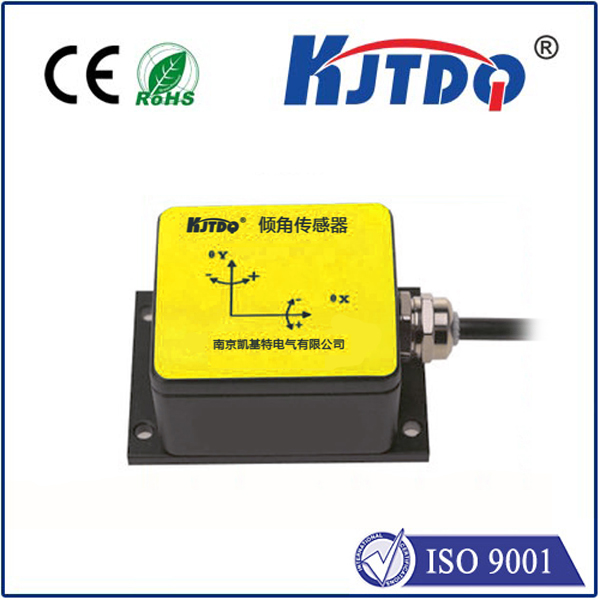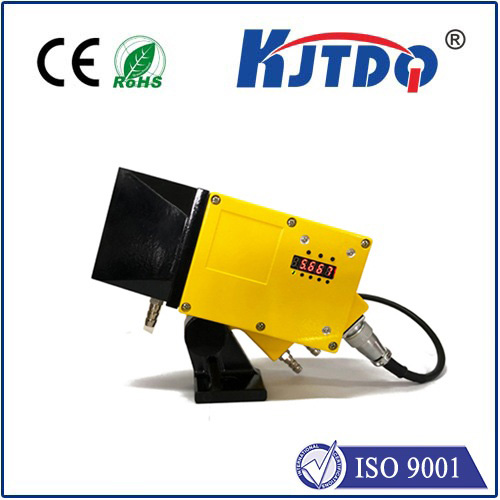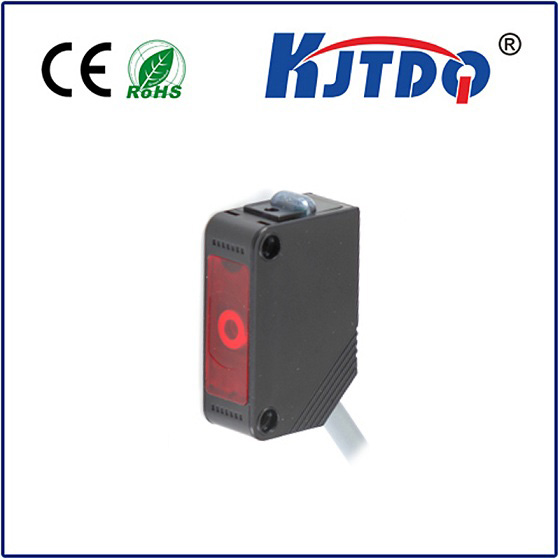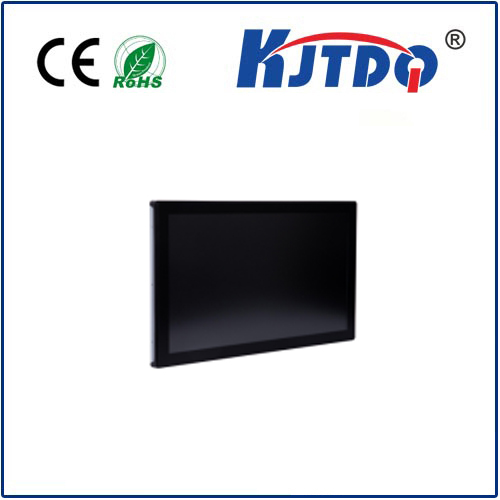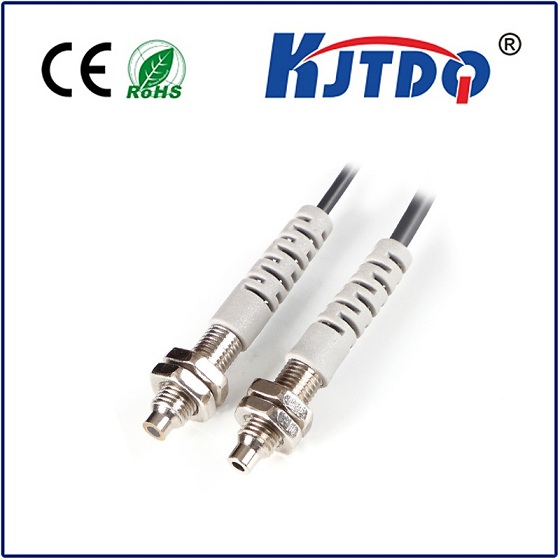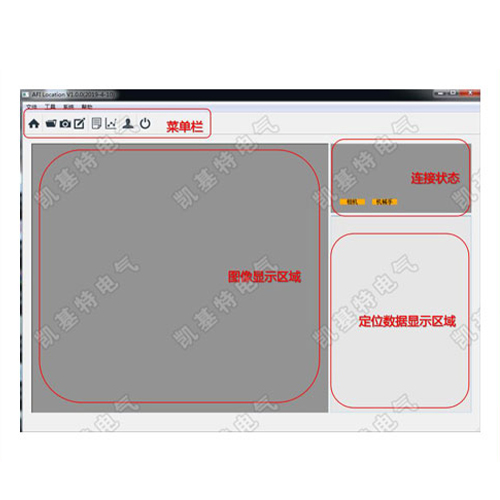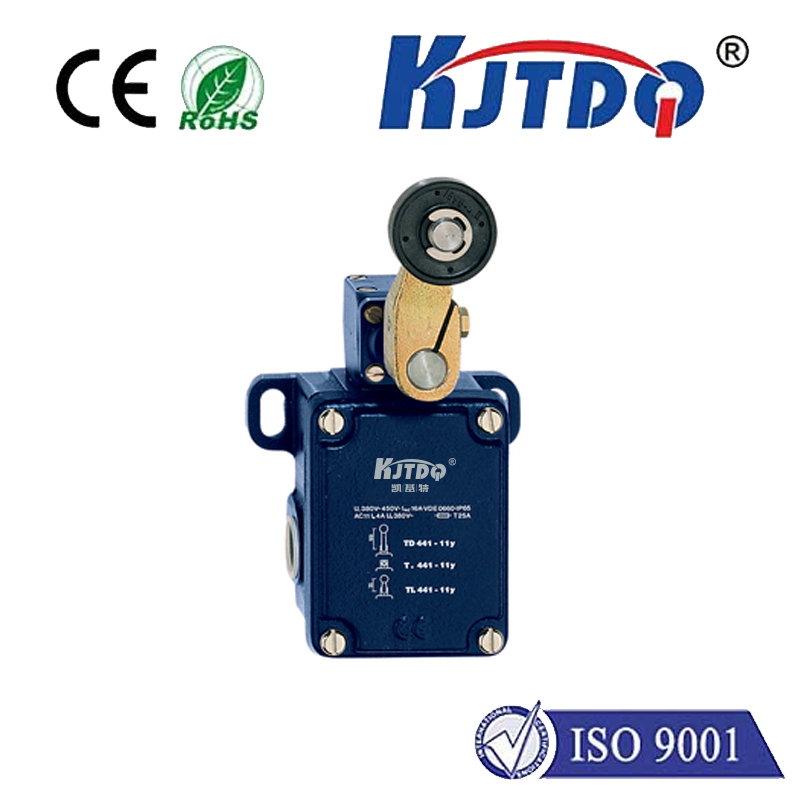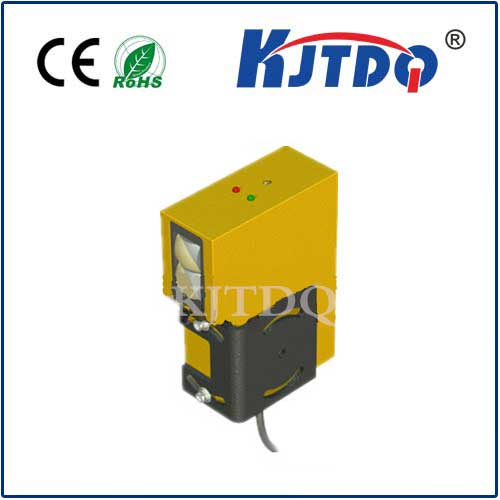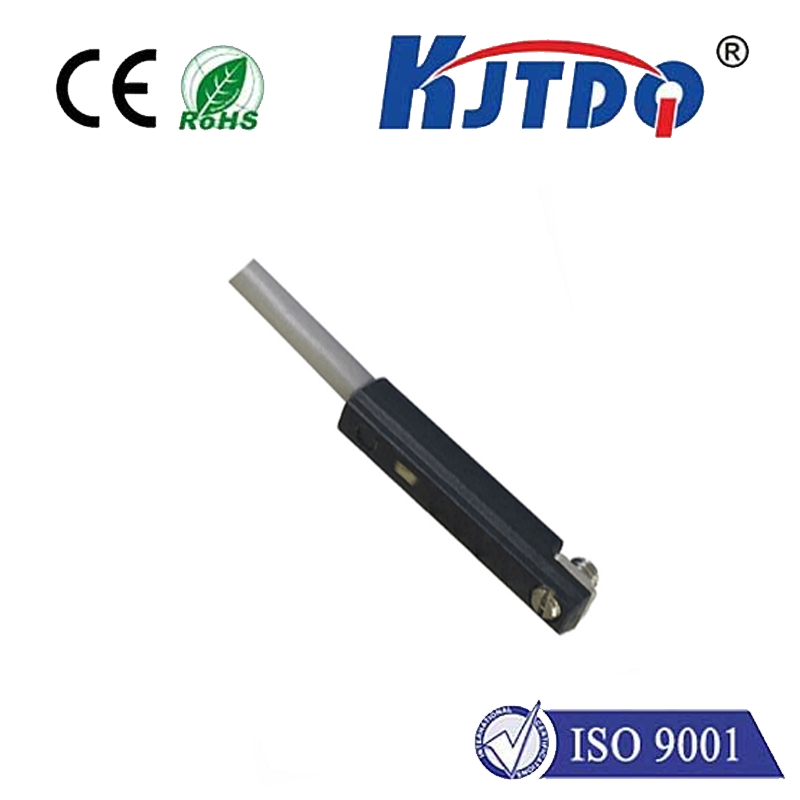combination fan limit control
- time:2025-08-04 12:11:30
- Нажмите:0
Combination Fan Limit Controls: The HVAC System Guardian You Never Knew You Needed
Imagine it’s the coldest night of the year. Your furnace has been chugging away, keeping your home warm and cozy. Suddenly, silence. The warm air stops flowing, and a chill begins to creep in. Panic sets in. What went wrong? Often, the unsung hero (or sometimes, the perceived villain) in this scenario is a small, crucial device nestled within your furnace: the combination fan limit control. More than just a simple switch, this integrated component plays a pivotal role in both the safety and efficiency of your entire heating system. Understanding its function is key to appreciating how your furnace reliably operates day in and day out.
What Exactly is a Combination Fan Limit Control?
At its core, a combination fan limit control is an integrated electromechanical switch assembly primarily found in forced-air heating systems like furnaces. It merges two critical functions into one compact unit:
- Fan Control: Regulating when the system’s blower fan turns on and off relative to the heating cycle.
- High-Limit Control: Acting as a vital safety switch to shut down the burner if dangerously high temperatures are detected within the heat exchanger.
This “combination” aspect is its defining characteristic, replacing the need for separate switches for these distinct but interrelated tasks. Typically, it features a temperature-sensitive bimetal element (a strip made from two different metals bonded together, which bends predictably with heat changes), activating electrical contacts at specific temperature thresholds.

How Does It Actually Work? Breaking Down the Mechanics
The magic of the combination fan limit control lies in its ability to respond to the temperature inside the furnace plenum (the chamber surrounding the heat exchanger):
- The Heating Cycle Begins: When the thermostat calls for heat, the burner ignites, rapidly heating the metal heat exchanger.
- Preventing Cold Air Blasts - The Fan-On Setting: Initially, the heat exchanger itself is warm, but the air around it is not. Turning the blower on immediately would blow uncomfortably cold air through your vents. The fan control function has a preset “fan-on” temperature (commonly between 100°F - 130°F / 38°C - 54°C). Only when the plenum air reaches this specific temperature does the switch close, activating the blower fan. This ensures that the air pushed into your home is warm from the start.
- Distributing Heat Efficiently: The fan continues to run, circulating warm air throughout the ductwork and your living spaces.
- Completing the Cycle - The Fan-Off Setting: Once the thermostat is satisfied and shuts off the burner, the heat exchanger remains very hot. If the fan stopped instantly, this residual heat would remain trapped in the furnace, wasting energy and potentially causing excessive temperature rise. The fan control also has a “fan-off” temperature (usually lower than the fan-on temp, around 90°F - 100°F / 32°C - 38°C). The fan keeps running until the plenum air cools down to this lower setting, effectively extracting the last useful heat from the exchanger and improving system efficiency.
- The Critical Safety Net - The High-Limit Setting: This is where the combination device’s most crucial role shines. It constantly monitors the plenum temperature. During normal operation, even at peak, temperatures should stay well below dangerous levels. However, if something goes wrong – restricted airflow (dirty filter, blocked vents, failing blower motor), a problem with the gas valve or burner causing over-firing, or a cracked heat exchanger – temperatures can spike rapidly. The high-limit control has a much higher preset trip temperature (typically 160°F - 200°F / 71°C - 93°C, varying by furnace model and code). If the plenum air reaches this critical threshold, the switch immediately opens, cutting power to the burner, stopping the heat source. This safety function is paramount in preventing catastrophic failures like cracked heat exchangers (which can leak deadly carbon monoxide into your home) or even fires. The fan often continues to run on high-limit shutdown to help dissipate the excess heat.
Why is the Combination Fan Limit Control So Vitally Important?
The significance of this humble component cannot be overstated:
- Essential Furnace Safety: The high-limit function is the primary defense against overheating. By shutting down the burner during unsafe temperature excursions, it protects the furnace structure, prevents fire hazards, and critically, helps mitigate the risk of carbon monoxide leaks from a compromised heat exchanger. This is non-negotiable safety.
- Home Comfort Optimization: The fan control function directly impacts your comfort. By delaying the fan start until warm air is available, it prevents those initial blasts of cold air. By running the fan after the burner shuts off, it maximizes heat extraction, making your system more efficient and ensuring consistent warmth.
- System Longevity and Efficiency: Preventing overheating reduces thermal stress on components like the heat exchanger and heat exchanger, extending their lifespan. Efficient heat extraction also means less wasted energy, contributing to lower operating costs over time.
- Preventing Nuisance Cycling: Properly calibrated fan limit settings ensure the blower runs for an adequate period, preventing short-cycling (frequent on/off operation) which is inefficient and hard on the equipment.
Recognizing Signs of a Failing Control
Like any component, combination fan limit controls can wear out or malfunction:
- Fan Doesn’t Start: Warm air never blows, even though the burner seems to be running.
- Fan Doesn’t Stop: The blower runs continuously, long after the burner has shut off.
- Frequent Burner Short-Cycling: The burner turns on and off rapidly without reaching the desired room temperature.
- Nuisance High-Limit Tripping: The burner cuts out prematurely, even with clean filters and good airflow, potentially indicating an inaccurate or failing high-limit switch.
- Visible Damage: Corrosion, charring, or physical damage to the control or its sensing bulb/tube.
Key Takeaways: Your Furnace’s Silent Sentinel
The combination fan limit control is far more than just a switch; it’s the intelligent, integrated nervous system managing airflow and enforcing critical safety protocols within your furnace. It ensures you receive warm air comfortably and efficiently while standing guard against potentially dangerous overheating scenarios. Understanding its dual role as both comfort optimizer and safety enforcer highlights why this small device deserves respect. Regular furnace maintenance, including checking and cleaning around the control and replacing air filters, helps ensure it operates reliably for years, quietly performing its vital duties as the guardian of your home’s warmth and safety.

